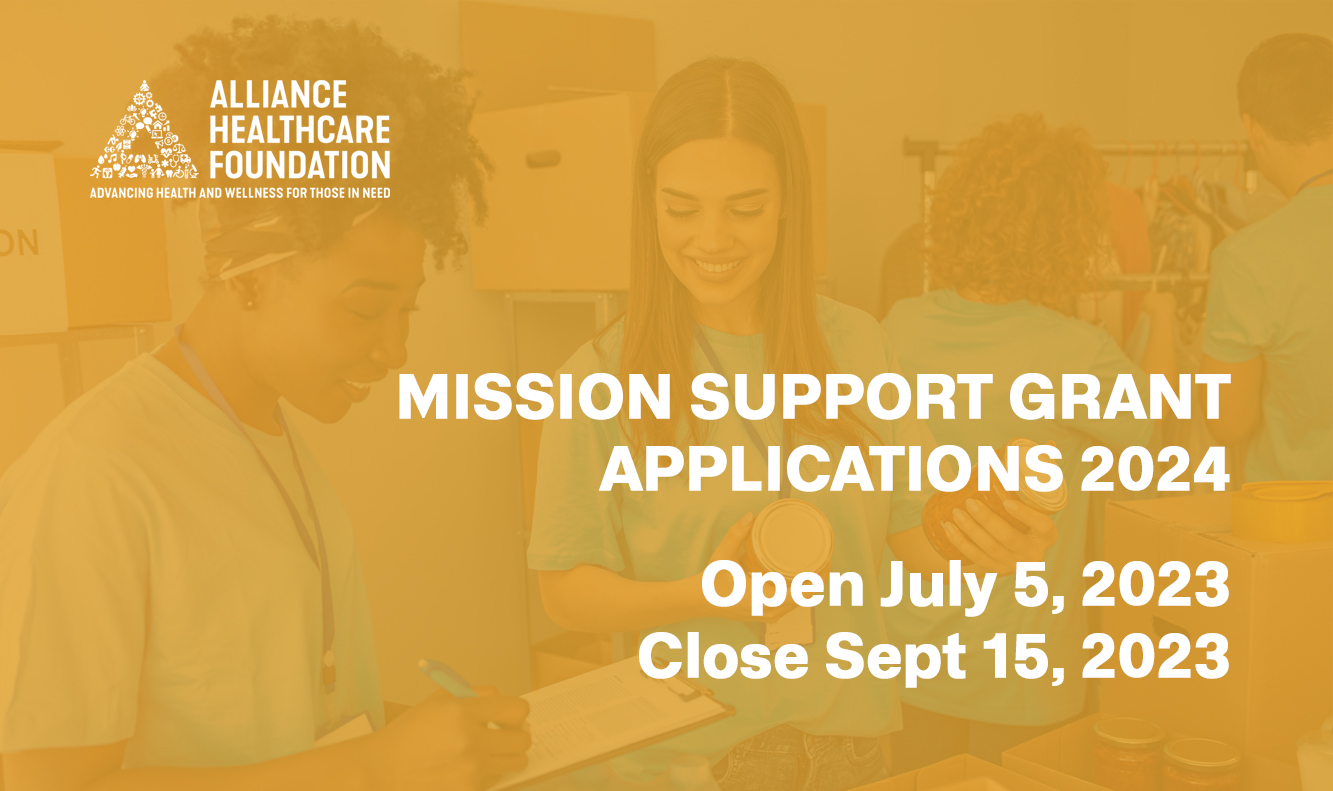April 14, 2017
In April, Child Abuse Prevention Month, we acknowledge the importance of families and communities working together to prevent child abuse and neglect. At Alliance Healthcare Foundation, we champion the work of our grantees that promote the social and emotional well-being of children and families. This month, we discuss how adverse childhood experiences (ACES), specifically child abuse and neglect, affect youth in foster care.
An estimated 5,000 San Diego children spend time in foster care each year. Voices for Children says, “They are innocent victims who have been taken away from their homes through no fault of their own, but due to parental maltreatment.”
What is ACES?
Adverse Childhood Experiences (ACES) include child abuse (emotional, physical and/or sexual abuse); household challenges (family violence, substance use, mental illness, divorce and/or incarceration of a family member); and neglect (emotional and/ or physical). In the late 1990s, Kaiser Permanente in partnership with the U.S. Centers for Disease Control and Prevention conducted research that linked childhood experiences of trauma and instability that led to adult health problems such as cancer and heart disease. In short, the number of traumatic experiences that occur during childhood correlates with negative health outcomes later on, including early death, for some. Learn more about ACES in our previous blog post.
Prevalence of Child Abuse and Neglect Among Foster Youth
“Sadly, all of the children in our care have experienced abuse and or neglect. Some very few–while most numerous times,” says Jeff Wiemann, Executive Director of Angels Foster Family Network. “Each child reacts differently and do not always react the same way for each incident. Being a foster parent is very similar to coming in at the end of a movie featuring the child’s life, and your role being to figure out what the storyline is, and who the characters are, only from seeing the credits.”
Approximately one-half to two-thirds of all youth in the general population have experienced at least one traumatic event in their lifetime. Youth in foster care, in particular, have high rates of trauma exposure. For these youth, exposure rates approach 90 percent. Among trauma types, youth in foster care are also significantly more likely than the general population to have directly experienced violence themselves, specifically abuse and/or neglect.
Federal legislation defines child abuse and neglect as “any recent act or failure to act on the part of a parent or caretaker which results in death, serious physical or emotional harm, sexual abuse or exploitation.”
According to Angels Foster Family Network, studies raise concerns about children entering foster care with chronic health, developmental, and psychiatric disorders. More disturbing, however, is the evidence that their health is often neglected while in foster care. The U.S. General Accounting Office found “young foster children do not receive adequate preventive health care while in placement, many significant problems go undetected, or, when diagnosed are not evaluated and treated.”
For children to thrive, they need to have a sense of stability and the opportunity to form deep and meaningful attachments with adults. Our grantees offer support and services that empower youth, provide basic needs and give a sense of belonging to foster care youth.
Transition Age Foster Care Youth
As children leave the foster care system, their hope is to achieve self-sufficiency and well-being. However, transition age foster care youth are highly vulnerable as they leave foster care. For example, Guidance to States and Services on Addressing Human Trafficking of Children and Youth in the United States describes how sex traffickers target those who have unstable lives, have been abused, neglected or exploited already.
According to Just In Time For Foster Youth, 40-50% of former foster youth become homeless within 18 months and 25% of foster youth will be in prison within two years of emancipation. With these staggering statistics, these young people need “a community of caring adults waiting for them after 18.” JIT believes that consistent, long-term help from the heart is the foundation for the success of youth so they can thrive and enjoy productive, satisfying lives.
AHF Grantees Working to Support Foster Youth
Our own grantees do much work related to supporting youth affected by child abuse and neglect, specifically those in the foster care system.
- Angels Foster Family Network – Serve the youngest victims of child abuse and neglect by placing them in healthy, loving and stable homes.
- Just In Time For Foster Youth – Help foster youth become capable, confident and connected and to break the cycle of foster care and fill in the gaps for youth who don’t have family support.
- Voices for Children – Provide every child in the foster care system with a Court Appointed Special Advocate (CASA) who needs one and to transform the lives of children who have been abused.
- Court Appointed Special Advocate Imperial County (CASA) – Provide trained community volunteers to work with children who have been abused or neglected in court. These individuals follow each child’s case through the court system to help them navigate through foster care.
Interested in knowing more about our grantees working with foster youth? Leave us a comment on Facebook or send us a tweet @AllianceHF to continue the conversation. We’d love to hear your thoughts, answer your questions, or provide resources as needed.
– Nancy Sasaki, Executive Director
Alliance Healthcare Foundation
NSasaki@AllianceHF.org
Related News

Jul 5, 2023
2024 Mission Support-open
Open Request for Grant Applications: 2024 Mission Support APPLY HERE [...]
Sep 26, 2017
Food Insecurity a Real Problem in San Diego and Imperial Counties
Having just written about obesity fueling the epidemic of prediabetes [...]
Aug 30, 2017
Majority of Californians Are Prediabetic or Diabetic: What Do We Do?
According to a 2016 UCLA study, the majority of adults [...]



